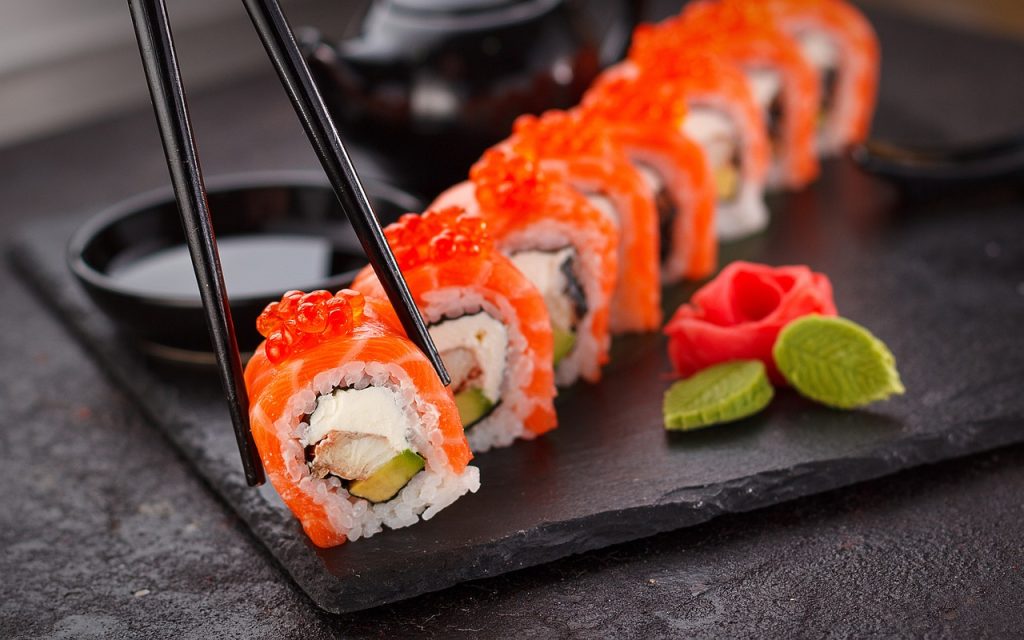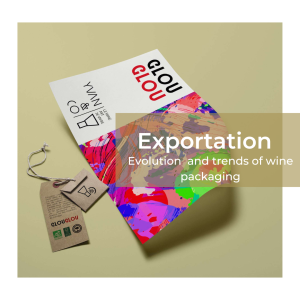Exporting Wine to Asia: Opportunities and Advantages.
Exporting French wines to the Asian market offers numerous opportunities for foreign beverage distributors. Asia, as a rapidly growing economic region, presents a growing demand for luxury products, and French wines are no exception. In this article, we will explore the business advantages, challenges, and necessary adaptations to succeed in this promising market. From recognizing the quality of French wines to the harmony between Asian cuisine and French wines, as well as cultural challenges and country-specific regulations, discover how to seize opportunities and maximize your presence in the Asian market.
Economic Growth and Increasing Demand in Asia.
Asia is a booming market with rapid economic growth, leading to a rise in demand for luxury products, including French wines. This economic expansion creates exciting opportunities for foreign beverage distributors looking to export their wines to the Asian market.
Economic growth in Asia is impressive. According to the latest statistics and key figures, many Asian countries are posting remarkable annual economic growth rates. For instance, in 2022, China recorded an economic growth rate of 8.1%, solidifying its position as the world’s second-largest economy. Japan and South Korea also experienced strong economic growth with rates of 2.8% and 3.2%, respectively. These numbers underscore the economic vitality of the Asian region.


This economic growth is accompanied by an increase in the purchasing power of Asian consumers. The Asian middle class is rapidly expanding, which means that more and more people have access to luxury products. The Asian elites are also growing in number and are seeking high-end products to meet their increasing demand for prestige and exclusivity.
The growing influence of the Asian middle class and elites on wine consumption is a key factor to consider. Asian consumers are becoming more curious and interested in Western culture and traditions, including French cuisine and wines. Wine is perceived as a luxury product and a symbol of refinement and sophistication, making it a popular choice among affluent Asian consumers.
Thus, Asia offers a booming market for French wines. The increasing demand for luxury products, coupled with the influence of the Asian middle class and elites, creates significant opportunities for foreign beverage distributors. Exporting French wine to the Asian market can expand your customer base and significantly increase your sales.
In the next part of this article, we will delve deeper into the appreciation of French culture and the art of living in Asia and its impact on wine consumption.
Appreciation of French Culture and Art of Living in Asia
Asian consumers have a strong appreciation for French culture, especially when it comes to gastronomy and wines. This appreciation translates into the influence of French fashion, cinema, and cuisine in Asia. The fusion of flavors and textures between Asian cuisine and French wines offers intriguing opportunities in the Asian market.
Asian consumers have developed a genuine fascination for French culture and the art of living. Whether in China, Japan, South Korea, or other Asian countries, French culture significantly influences consumer tastes and preferences.
This enthusiasm is particularly reflected in the world of fashion. French designers are admired and followed by many Asian fashion enthusiasts. French luxury brands enjoy a special reputation and are highly sought after in Asia. This association between France and elegance contributes to enhancing the positive image of French products, including wines.
The combination of flavors and textures between Asian cuisine and French wines is a winning blend. Asian dishes, with their variety of spices, herbs, and sauces, can find a perfect balance with the different ranges of French wines.


Whether it’s with seafood dishes, spicy cuisine, or more delicate fare, there are French wines suited to accompany every Asian specialty.
Exporting French wines to Asia offers numerous business advantages for foreign distributors. These advantages include the recognition of the quality and reputation of French wines, brand image enhancement, and positioning in the high-end market, as well as rapidly growing markets like China, Japan, and South Korea.
The challenges and necessary adaptations.
Exporting wine to the Asian market is not without challenges, but with the right strategies, these obstacles can be overcome. The main challenges include cultural and language barriers, country-specific regulations and customs procedures, as well as the adaptation of marketing and distribution strategies.
Exporting wine to the Asian market presents certain challenges that are important to consider.

Cultural and linguistic barriers.
The cultural diversity of Asia implies differences in consumption habits, taste preferences, and social codes. Understanding and adapting to these cultural specifics is essential for success. Furthermore, the language barrier can pose a challenge for communication and promoting French wines. Therefore, it is recommended to work with local partners or invest in translation and interpretation services to overcome these obstacles.
Regulations and customs procedures specific to each country.
Each Asian country has its own regulations and customs procedures regarding the import and distribution of wines. It is crucial to become familiar with these regulations and ensure compliance with local requirements. This may include specific certifications, particular labeling, or specific administrative procedures. Working closely with international trade experts and local agents can facilitate the process and avoid legal issues. The Confrérie des Domaines aims to assist French producers in the export process.
Adapting marketing and distribution strategies.
Marketing and distribution strategies that have worked in other markets may require adjustments to meet the expectations and preferences of Asian consumers. This may include promoting the cultural aspect and history of French wines, using popular local and online distribution channels in Asia, as well as adapting advertising messages and marketing campaigns to better align with the sensitivities and values of Asian consumers.
In summary, exporting wine to the Asian market presents specific challenges that must be overcome. Cultural and linguistic barriers, country-specific customs regulations, and the adaptation of marketing and distribution strategies are key elements to consider. However, with a deep understanding of the Asian market and the right adaptations, these challenges can be turned into growth opportunities for French wine distributors.
Conclusion
In conclusion, wine packaging is evolving to meet the preferences of both consumers and international distributors. Current trends such as sustainability, minimalist design, storytelling, and technological innovations are opening up new opportunities for producers to stand out in global markets. To succeed on the international stage, it is essential to adapt to local specifics and focus on sustainable and authentic practices. The future of packaging in the global wine industry looks promising, offering exciting possibilities to create memorable experiences and strengthen the position of French wines on the international stage
Share-it !



